Goat farming model of Mr. Nguyen Trung Vuong in Phuong An 2 village, Cam Nghia commune - Photo: LE TRUONG
Taking advantage of the land far from residential areas and abundant natural food sources, in 2012, Mr. Nguyen Trung Vuong in Phuong An 2 village, Cam Nghia commune invested in buying 3 pairs of breeding goats to raise. Realizing the effectiveness from the first batch, in the following years, Mr. Vuong decided to invest to increase the herd. At its peak, Mr. Vuong's family's herd had 70 goats. However, due to the influence of the market, his family's goat confinement model currently only maintains a herd of about 25 goats in the form of both confinement and free-range farming.
“At first, I mainly raised goats in the garden. After receiving training from the local authorities and visiting other local models, I switched to raising them in captivity. I researched and invested more carefully in the barn in the form of raising goats in stilt houses. Raising them this way helps limit the risk of disease and ensures environmental hygiene for the goats to grow healthily.
However, compared to free-range farming, captive farming requires more investment capital and more care. In particular, in previous years, the output was relatively stable with the selling price ranging from 130,000 - 150,000 VND/kg, but now the selling price has decreased, consumption depends on small traders, so the family has difficulty expanding the scale," Mr. Vuong shared.
From around 2021 to now, the model of raising goats in cages in Cam Lo district has developed quite strongly in communes in hilly areas such as Cam Thanh, Cam Chinh, Cam Nghia, Cam Thuy. According to many goat farmers, if they are raised in cages, it will be easier to control diseases in the goat herd. Another advantage is that this animal grows quickly, and the main food source is grass and leaves available in the garden.
According to incomplete statistics, Cam Lo district has over 150 households developing this model with over 3,200 goats. On average, each household raises 10-20 breeding goats, meat goats, and large households raise up to hundreds of goats. In the two communes of Cam Chinh and Cam Nghia in Cua area alone, there are about 50 households raising nearly 1,000 goats.
Chairman of the Farmers' Association of Cam Chinh Commune, Nguyen Ngoc Thanh, said that from the practical effectiveness of the goat raising model, in 2021, the locality established a goat raising cooperative with 27 members. At this time, the group's total herd was 567 goats. After nearly 1 year of establishment, the cooperative members expanded the scale, increasing the total herd to 750 goats.
At that time, the output market was stable, traders came to buy right at the barn, so many households had an income of hundreds of millions of dong from raising goats in captivity. However, in the past 2 years, the purchase price of goats for meat and breeding goats has decreased sharply, causing the number of households and the total herd to decrease as well.
“In order to create conditions for people to develop an effective goat raising model, in recent times, the local government, especially the Commune Farmers' Association, has actively proposed many support policies on preferential loans, training and transferring science and technology to members, and mobilizing the establishment of cooperative groups for households to link up and support each other in raising techniques and finding outlets for products... However, expanding the herd size has encountered many difficulties,” Mr. Thanh added.
According to Vice Chairman of Cam Nghia Commune People's Committee Le Song Hao, raising goats in cages is a suitable direction in exploiting the potential and advantages of the local hilly area. Therefore, in previous years, the commune's associations and unions have promoted and mobilized people to develop this model.
However, the process of raising goats in captivity requires investment in barns, stable food sources and higher care techniques, so many households have switched to other models or raised goats for semi-free range, without paying attention to applying techniques to raising goats, so the efficiency is not high. This is also the reason why the total goat herd in the commune has decreased sharply, making it difficult to maintain and replicate the model.
To develop the model of raising goats in cages sustainably in Cua area, there needs to be close coordination between local authorities, support organizations, businesses and people.
“To be able to replicate the model of raising goats for sale, it is necessary to support preferential loans and transfer science and technology to farmers. In addition, local authorities need to orient and plan separate areas for livestock farming in general and goat farming in particular, with land to grow grass and create a stable source of food for livestock.
In particular, there needs to be connection and support from the stage of selecting varieties, caring for and consuming products in an intensive manner to create sustainability for the model," Mr. Hao hopes.
Le Truong
Source: https://baoquangtri.vn/nhan-rong-mo-hinh-nuoi-de-nhot-o-vung-cua-gap-kho-khan-194010.htm


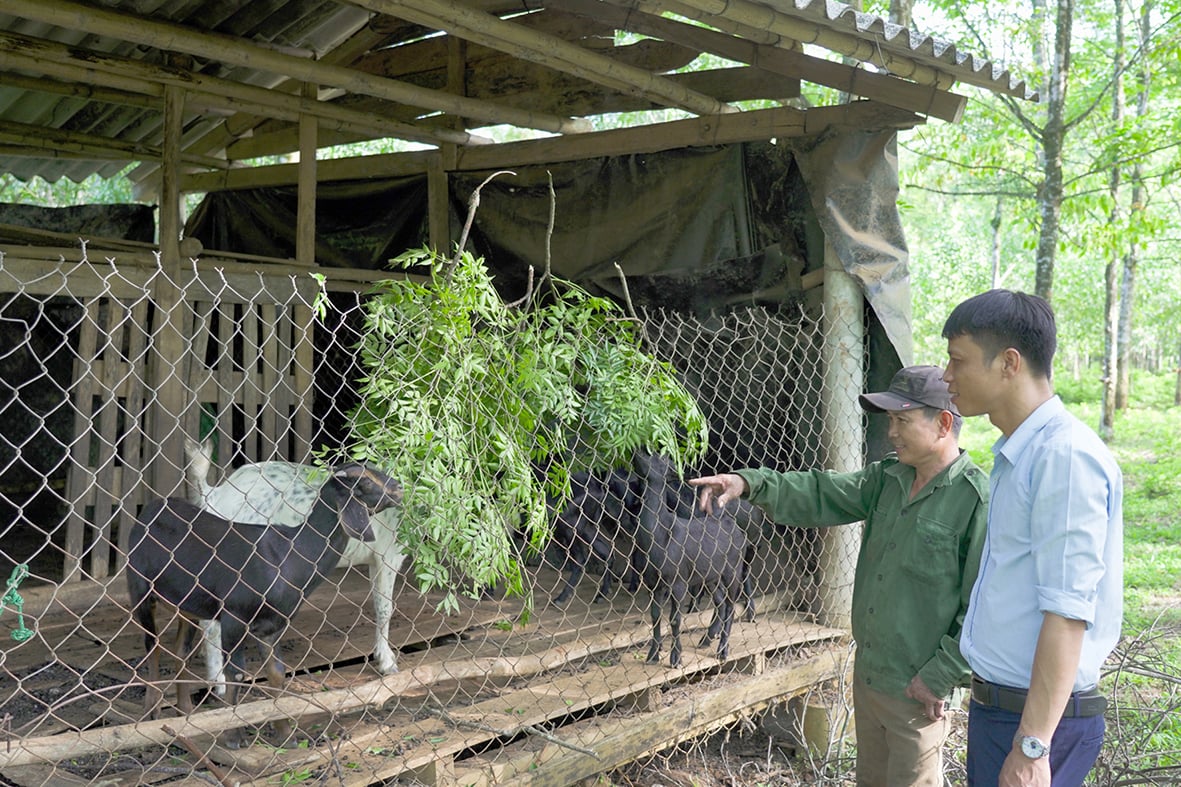

![[Photo] Journalists moved to tears at the Memorial Service for the soldiers who died in Gac Ma](https://vphoto.vietnam.vn/thumb/1200x675/vietnam/resource/IMAGE/2025/5/30/9454613a55c54c16bf8c0efa51883456)
![[Photo] A delegation of 100 journalists from the Vietnam Journalists Association visits the soldiers and people of Truong Sa island district.](https://vphoto.vietnam.vn/thumb/1200x675/vietnam/resource/IMAGE/2025/5/30/0984a986227d4e988177f560d2e1563e)
![[Photo] General Secretary To Lam receives Chief of the Central Office of the Lao People's Revolutionary Party](https://vphoto.vietnam.vn/thumb/1200x675/vietnam/resource/IMAGE/2025/5/30/140435f4b39d4599a3d17975dfb444c5)
![[Photo] National Conference "100 years of Vietnamese Revolutionary Press accompanying the glorious cause of the Party and the nation"](https://vphoto.vietnam.vn/thumb/1200x675/vietnam/resource/IMAGE/2025/5/30/1cf6cd5c8a934ebfa347028dcb08358c)



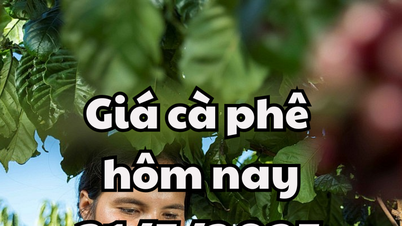





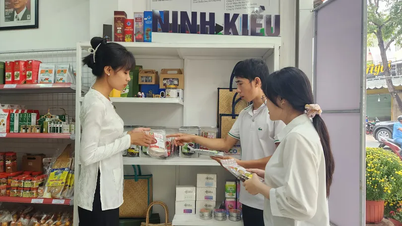







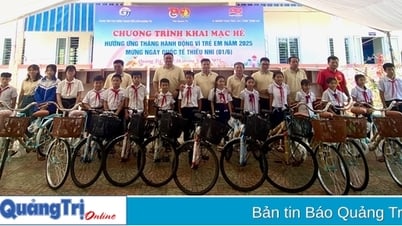
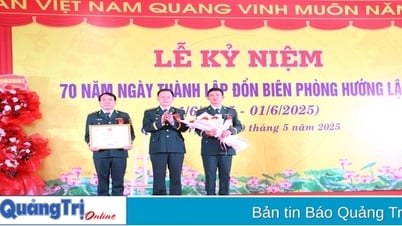





























































Comment (0)